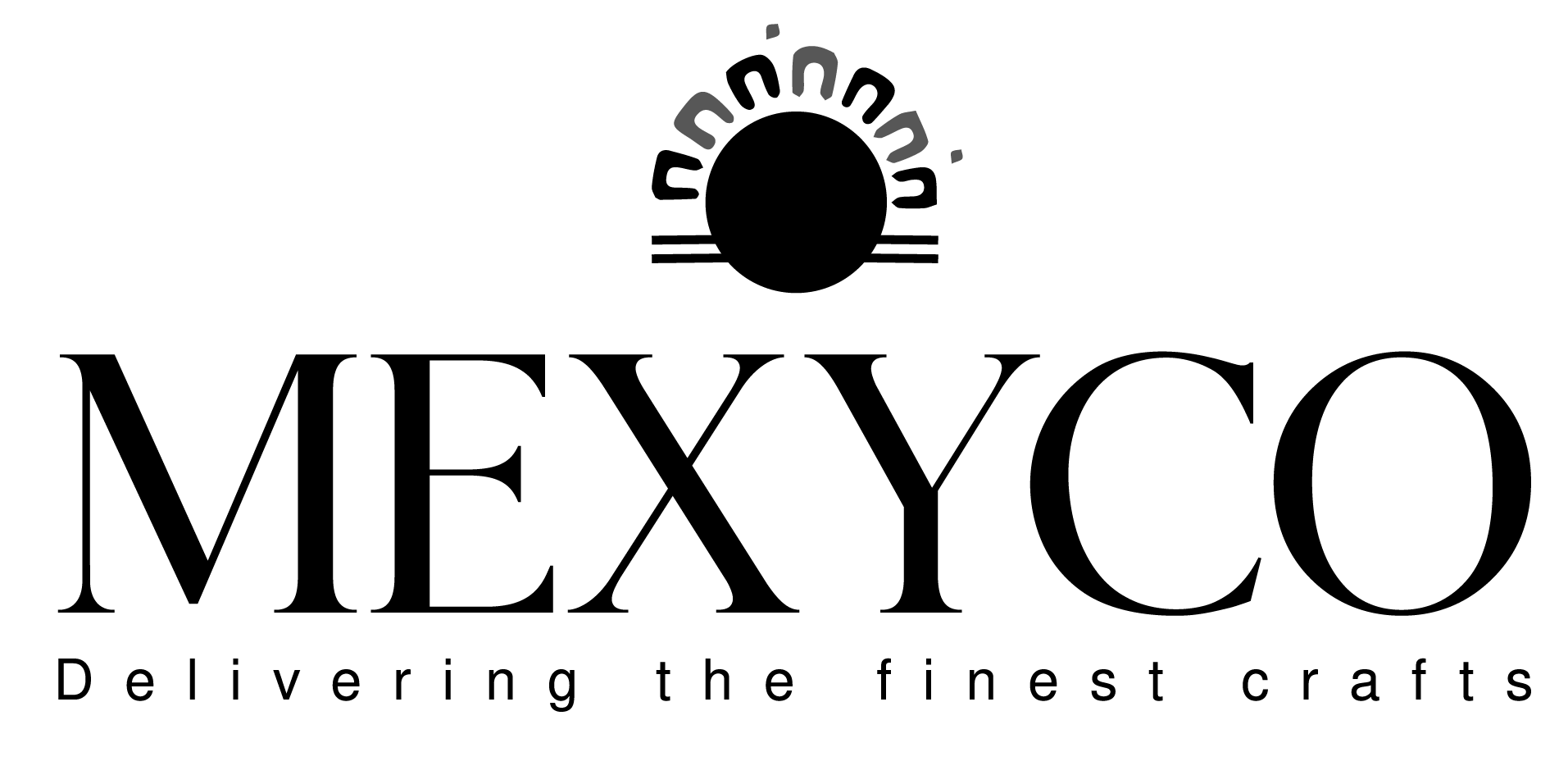What is Talavera?
Talavera is a style of ceramics that dates back centuries and a tradition that links Spain and Mexico. Now, the cultural significance of Talavera pottery has been officially recognised by the United Nations’s cultural agency, UNESCO.

AN INTANGIBLE CULTURAL HERITAGE
UNESCO said that although some of the techniques employed to make talavera have changed in both Mexico and Spain, such as the use of electric potter’s wheels, the processes of production, decoration and glazing are still artisanal and identical to those practiced in the 16th century.
“The theoretical knowledge and practices related to this element of living cultural heritage include the preparation of the clay, its formation with a potter’s wheel or mold, the decoration of the formed piece, the preparation of the pigments and glazes and the firing in the kiln, operations that all require great skill,” said the organization.
“Talavera is more than a craft, it is identity, passion, harmony and beauty”
AN INTANGIBLE CULTURAL HERITAGE
The source of clay supply to make the Talavera comes from the Talavera geographic zone of Puebla and the communities of Atlixco, Cholula and Tecali. Talavera is hand formed with a potter’s wheel or using molds, not poured. They are also hand-painted.
